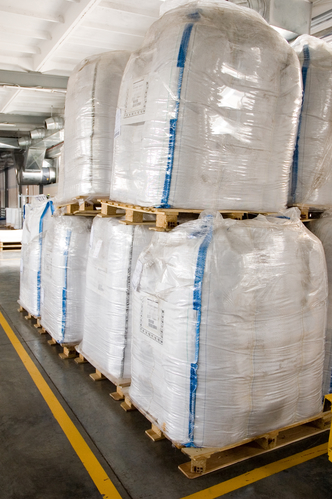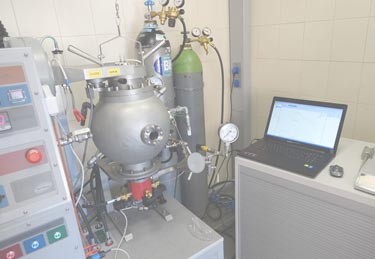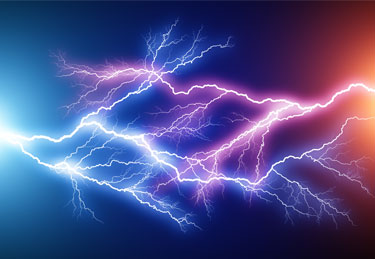Search
Safe Use of Flexible Intermediate Bulk Containers (FIBCs) – Requirements of NFPA 652

Both USERS and MANUFACTURERS of FIBCs need to take action to prevent dust explosions caused by static electricity
A dust cloud of fine explosible particles in air with a concentration that is above its minimum explosible concentration (MEC) can be expected at some point when FIBCs are filled or emptied. The dust cloud could occur inside the bag – or even external to the bag in some cases. What’s more, movement of powder to the bag, inside the bag or on emptying, can generate static electricity. The combination of static electricity and a flammable dust cloud can result in an explosion or deflagration (flashfire) putting people and the plant at risk. It should be no surprise, therefore, that FIBCs need to be type tested to avoid the electrostatic ignition risk – and that users are required by NFPA 652 to include FIBCs in their Dust Hazard Analyses (DHAs).
The amount of static generated and whether or not it accumulates on the bag or the powder, resulting in incendive discharges, depends on the properties of both the FIBC and the powder itself. It is therefore critical to ensure the correct type of FIBC is selected for the specific powders and circumstances in which it is to be used.
NFPA 652 requires that your Dust Hazard Analysis (DHA) has to include the electrostatic ignition hazards associated with the combustible particulate solids inside or surrounding the FIBC.
The 2019 edition of NFPA 652 Standard on the Fundamentals of Combustible Dust provides minimum general requirements to manage combustible dust fire, flash fire, and explosion hazards. It also directs the user to other NFPA standards for industry- and commodity-specific requirements. NFPA 652 requires that the owner/operator take the following steps:
- Determine combustibility and explosibility hazards of materials
- Conduct a Dust Hazard Analysis (DHA) which is a systematic evaluation of potential dust fire, deflagration, and explosion hazards and recommendation of measures for their management
- Manage identified fire, flash fire, and explosion hazards
- Establish written safety management systems
NFPA 652 requires that the Dust Hazard Analysis (DHA) also include the electrostatic ignition hazards associated with the combustible particulate solids inside or surrounding the FIBC.
The table 1 summarizes the requirements of NFPA 652 for use of FIBCs.
Table 1. NFPA 652 Requirements for Use of FIBCs
| FIBC Type | NFPA 652 Requirements |
|---|---|
| Type A |
|
| Type B |
|
| Type C |
|
| Type D |
|
“Type B, Type C, and Type D FIBCs shall be tested and verified as safe for their intended use by a recognized testing organization in accordance with the requirements and test procedures specified in IEC 61340-4-4, before being used in hazardous environments.
Intended use must include both the product being handled and the environment in which the FIBC will be used.
Table 2 summarizes the tests that are required by IEC 6130-4-4 for different FIBC Types.
Table 2. IEC 6130-4-4 Testing Requirements
| FIBC Type | Test |
|---|---|
| For all types of FIBCs |
|
| Type B FIBCs |
|
| Type C FIBCs |
|
| Type D FIBCs |
|
| Liners for use in FIBCs |
|
According to NFPA 652, FIBCs that have not been tested and verified for type in accordance with IEC 61340-4-4, shall not be used for combustible dusts or in flammable vapor atmospheres.

Get in touch
To learn more about our expertise and services in dust explosion prevention & mitigation, call us at +1 609 455 0001 or email us at [email protected] today.
We also offer tailored virtual and in-company process safety training programs on Dust Explosions, Static Electricity and HAC (Hazardous Area Classification) and more. Find further information here.










